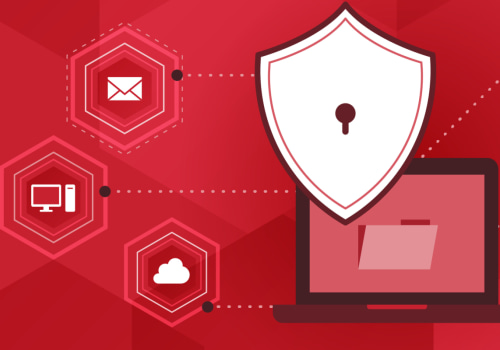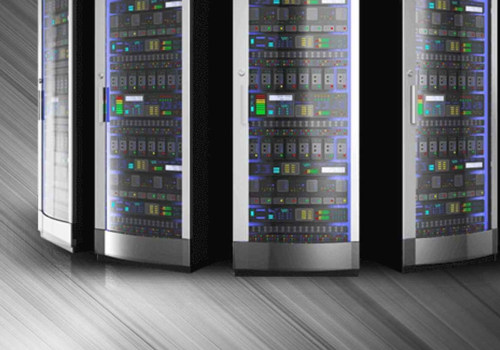Access control systems are designed to protect physical spaces, such as buildings and rooms, from unauthorized access. They can also be used to restrict access to sensitive digital information. In either case, an access control system provides an extra layer of security that can help prevent unauthorized access and keep confidential information safe. But what exactly is an access control system and how does it work? In this article, we'll explain what an access control system is, how it works, and its importance in terms of HIPAA security and physical security requirements. An access control system is a security technology that helps organizations limit, monitor, and regulate who has physical access to their premises.
Organizations use access control systems to protect their assets from unauthorized access and to keep their employees, customers, and visitors safe. There are a variety of access control systems available, each offering different levels of security. Keypad entry systems are one of the most basic forms of access control. They require users to enter a code into a keypad in order to gain access to a building or area.
Biometric systems, such as fingerprint or facial recognition, are also available and offer a higher level of security. Card readers are another type of access control system that utilizes cards with embedded chips or magnetic strips which must be scanned in order to gain entry. The benefits of access control systems are numerous. They allow organizations to regulate who has access to certain areas and restrict access to those who should not have it.
Access control systems can also help organizations meet physical security requirements, such as those imposed by the HIPAA Security Rule. An access control system is composed of several components including locks, detectors, and readers. Locks are the physical barriers that restrict access to a building or area. Detectors are used to detect any attempted unauthorized access.
Readers are used to identify authorized users and grant them access to the premises. Access control systems can be used to create different levels of security within an organization. For example, some areas may require more stringent access controls than others. Access control systems can also be integrated with other security measures such as CCTV and alarm systems for added protection.
In conclusion, an access control system is an important tool for any organization looking to protect its premises and assets. Access control systems provide organizations with the ability to regulate who has physical access to certain areas and ensure that only authorized individuals have access. Furthermore, they can help organizations meet physical security requirements as well as HIPAA security requirements.
Benefits of Access Control Systems
An access control system offers several important benefits to organizations, including increased security, improved efficiency, and cost savings.Increased Security:
The primary benefit of an access control system is increased security.It allows organizations to monitor who is entering and leaving their premises, and to restrict access to certain areas or buildings. This helps reduce the risk of theft, vandalism, and other criminal activity, as well as unauthorized access to sensitive information.
Improved Efficiency:
An access control system can also improve the efficiency of a facility. It streamlines the process of granting and denying access to specific areas and can help reduce the amount of time spent manually checking employee badges or identification cards.Cost Savings: Finally, an access control system can also help organizations save money in the long run. By providing a secure means of controlling access, organizations are able to reduce their losses due to theft and other criminal activities. Additionally, an access control system can help reduce labor costs by streamlining the process of granting and denying access.
Implementing an Access Control System
When implementing an access control system, organizations must assess their needs and risks to determine the best system for their particular environment. This includes assessing the size and scope of the facility, the number of users, and the type of access control needed.Organizations should also consider any additional features they may need, such as remote access control, biometric authentication, or other security measures. Once an organization has identified their needs and risks, they can then select the appropriate system. This is typically done by comparing different systems to determine which one best meets their needs. Organizations should also research different vendors to identify the most cost-effective solution. After selecting a system, organizations must then install it in their facility. Depending on the system, this may involve installing software, hardware, or both.
Organizations should also ensure that all staff members are properly trained in how to use the system. Finally, organizations must test the system to ensure that it is working correctly. This includes verifying that all users are able to access the system correctly and that all security protocols are functioning correctly. Access control systems are essential for organizations to protect their assets and keep employees, customers, and visitors safe.
By implementing an access control system, organizations can ensure that only authorized personnel have access to their premises and can meet physical security and HIPAA security requirements. Benefits of access control systems include improved security, increased productivity, cost savings, and better compliance. Organizations should consider implementing an access control system if they have not done so already in order to reap the benefits of improved security and compliance.








Leave Message